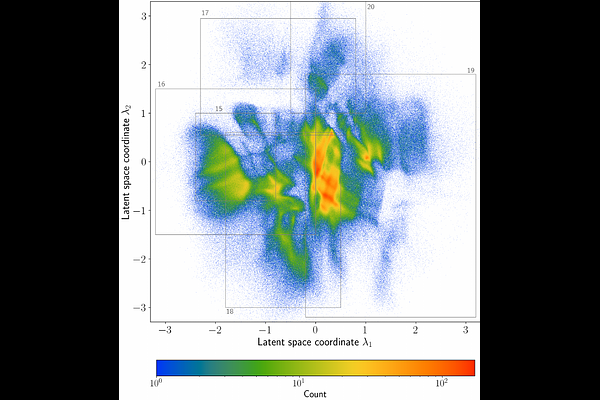Learning novel representations of variable sources from multi-modal $\textit{Gaia}$ data via autoencoders

Learning novel representations of variable sources from multi-modal $\textit{Gaia}$ data via autoencoders
P. Huijse, J. De Ridder, L. Eyer, L. Rimoldini, B. Holl, N. Chornay, J. Roquette, K. Nienartowicz, G. Jevardat de Fombelle, D. J. Fritzewski, A. Kemp, V. Vanlaer, M. Vanrespaille, H. Wang, M. I. Carnerero, C. M. Raiteri, G. Marton, M. Madarász, G. Clementini, P. Gavras, C. Aerts
AbstractGaia Data Release 3 (DR3) published for the first time epoch photometry, BP/RP (XP) low-resolution mean spectra, and supervised classification results for millions of variable sources. This extensive dataset offers a unique opportunity to study their variability by combining multiple Gaia data products. In preparation for DR4, we propose and evaluate a machine learning methodology capable of ingesting multiple Gaia data products to achieve an unsupervised classification of stellar and quasar variability. A dataset of 4 million Gaia DR3 sources is used to train three variational autoencoders (VAE), which are artificial neural networks (ANNs) designed for data compression and generation. One VAE is trained on Gaia XP low-resolution spectra, another on a novel approach based on the distribution of magnitude differences in the Gaia G band, and the third on folded Gaia G band light curves. Each Gaia source is compressed into 15 numbers, representing the coordinates in a 15-dimensional latent space generated by combining the outputs of these three models. The learned latent representation produced by the ANN effectively distinguishes between the main variability classes present in Gaia DR3, as demonstrated through both supervised and unsupervised classification analysis of the latent space. The results highlight a strong synergy between light curves and low-resolution spectral data, emphasising the benefits of combining the different Gaia data products. A two-dimensional projection of the latent variables reveals numerous overdensities, most of which strongly correlate with astrophysical properties, showing the potential of this latent space for astrophysical discovery. We show that the properties of our novel latent representation make it highly valuable for variability analysis tasks, including classification, clustering and outlier detection.